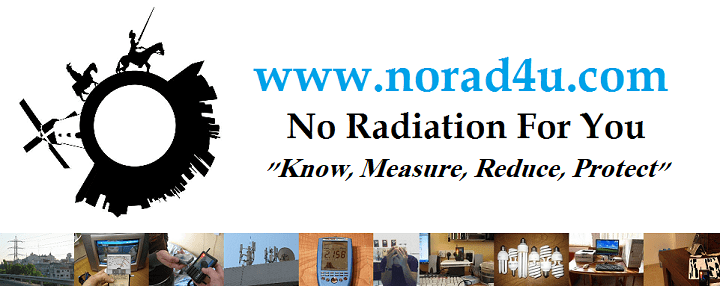In the city of Modi’in (November 2024), officials proudly announced the rollout of new cell antennas disguised as streetlights. These installations are placed in the heart of residential neighborhoods, right across from people’s homes, under the banner of “improving reception.” (They add a light fixture to the pole just for the name.)
My post in my Hebrew-speaking group:
https://www.facebook.com/groups/OurModin/posts/3256201491187546/
Post in the Modi’in group:
https://www.facebook.com/groups/OurModin/posts/3256201491187546/
However, I think it’s essential to understand that “reception” = “radiation.” And in this case, all nearby homes will now be exposed to additional RF radiation 24/7.
By choosing to use mobile devices at home, people not only increase their exposure to radiation from their loved cell phone, but also promote the installation of antennas right in front of their homes.
What are they?
These are fully functional cellular antennas, disguised to look as innocent as lighting poles (again, with a light fixture added for appearance). In practice, these are mini cell towers, similar to those installed in the U.S. and U.K. in recent years. Despite their less intimidating appearance, the radiation they emit is similar to standard antennas—only the size of the pole and transmitters is smaller.
But what about the Radiation?
Even if the power output is slightly lower, nearby homes still suffer from exposure. Their dense deployment means that more homes are directly exposed and will face higher radiation levels. And when multiple providers are involved, multiple antennas are installed close together, further increasing the exposure of the houses and apartments in front of them.
It’s important to note that these are not tiny antennas with low output like 0.1W designed for minimal radiation. Based on my familiarity with similar antennas in the UK and US, I estimate these antennas emit between 5W and 20W RMS, which is not “low-power” (for comparison, a standard cell tower emits around 20W or more).
The purpose of disguising the antennas as streetlights might be to:
A. To avoid public concern. Most people won’t recognize them as antennas and will just think they’re strange streetlights.
Even after their discovery, it’s easier to calm the public when the antenna appears physically smaller and less intrusive.
B. Possibly to simplify and bypass licensing processes, by claiming they’re small enough not to require full regulation. In the U.S., for example, these antennas were promoted as being “the size of a pizza box” and thus not problematic.
More antennas at a lower cost and hassle
This is essentially a repeat of the “wireless access facilities” concept—another euphemism for mini cell towers that were installed without full permits or awareness. Residents weren’t even aware that the white boxes placed on buildings were actual antennas.
Eventually, the issue reached the High Court of Justice in Israel (Bagatz), which, after years of delays, ruled that the government must regulate their use. The court sided with the petitioners but stopped short of condemning the authorities or the telecom companies.
At least this time, residents are being told these are cell antennas—perhaps because the public is now addicted to connectivity and willing to pay almost any price for more reception(=more radiation). Yet at the same time, most remain unaware of the deception involved and the health risks from radiation exposure, even at levels far below the existing standards, which are designed more to protect polluters and industry than human health.
More to come
In my view, we’ll see more and more of these antennas across cities until the Ministry of Communications realizes its vision of having a cell antenna every 50 meters.



